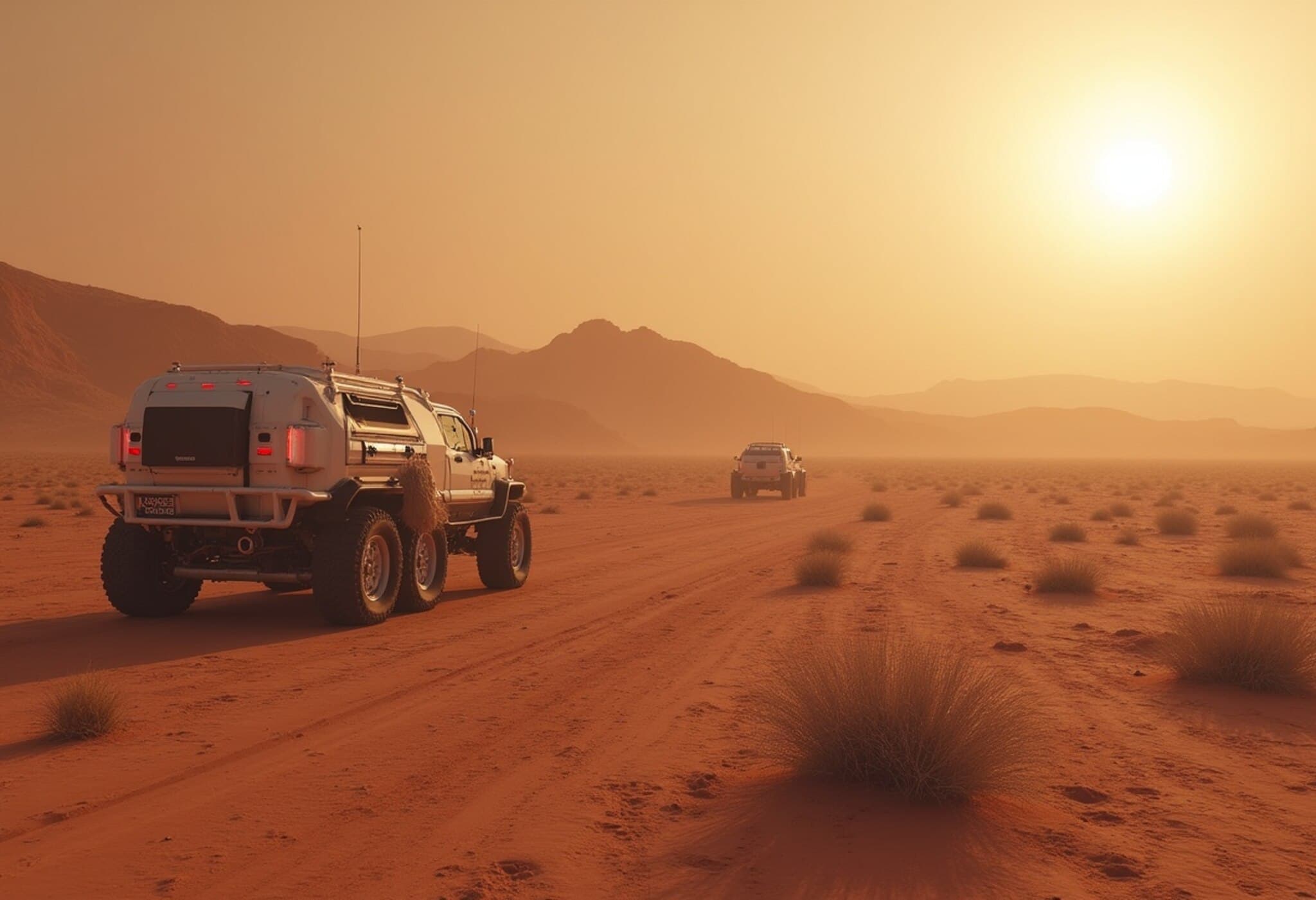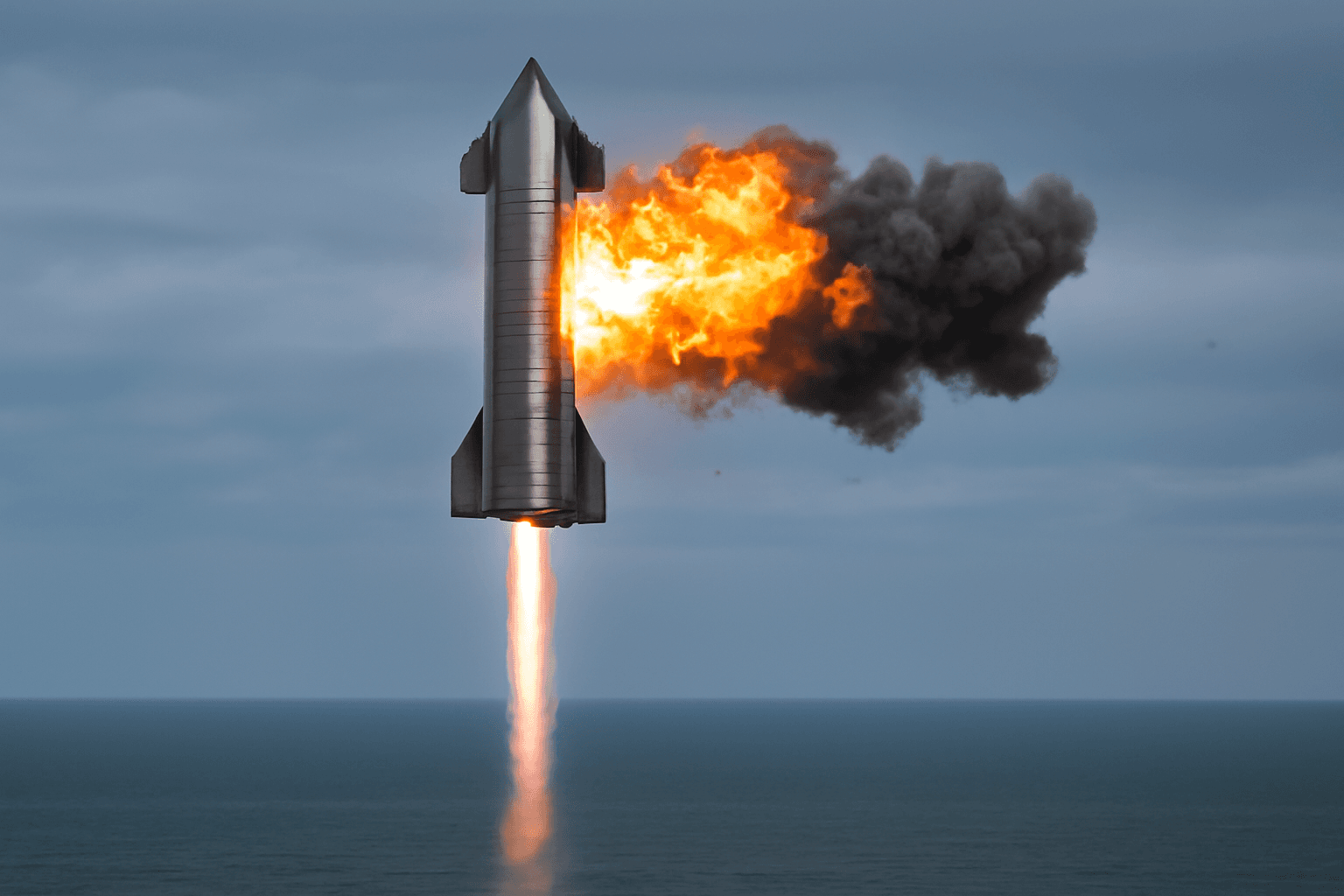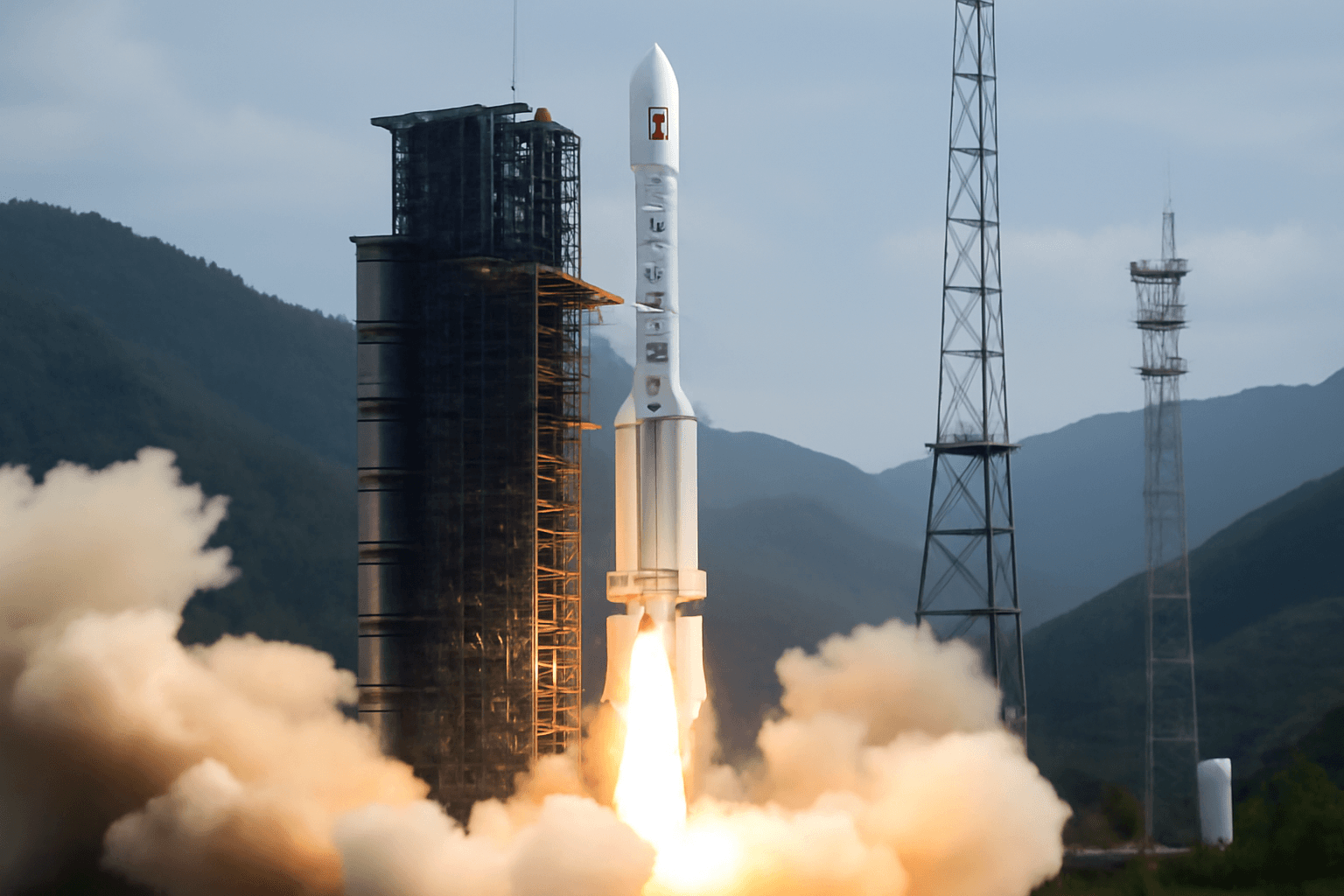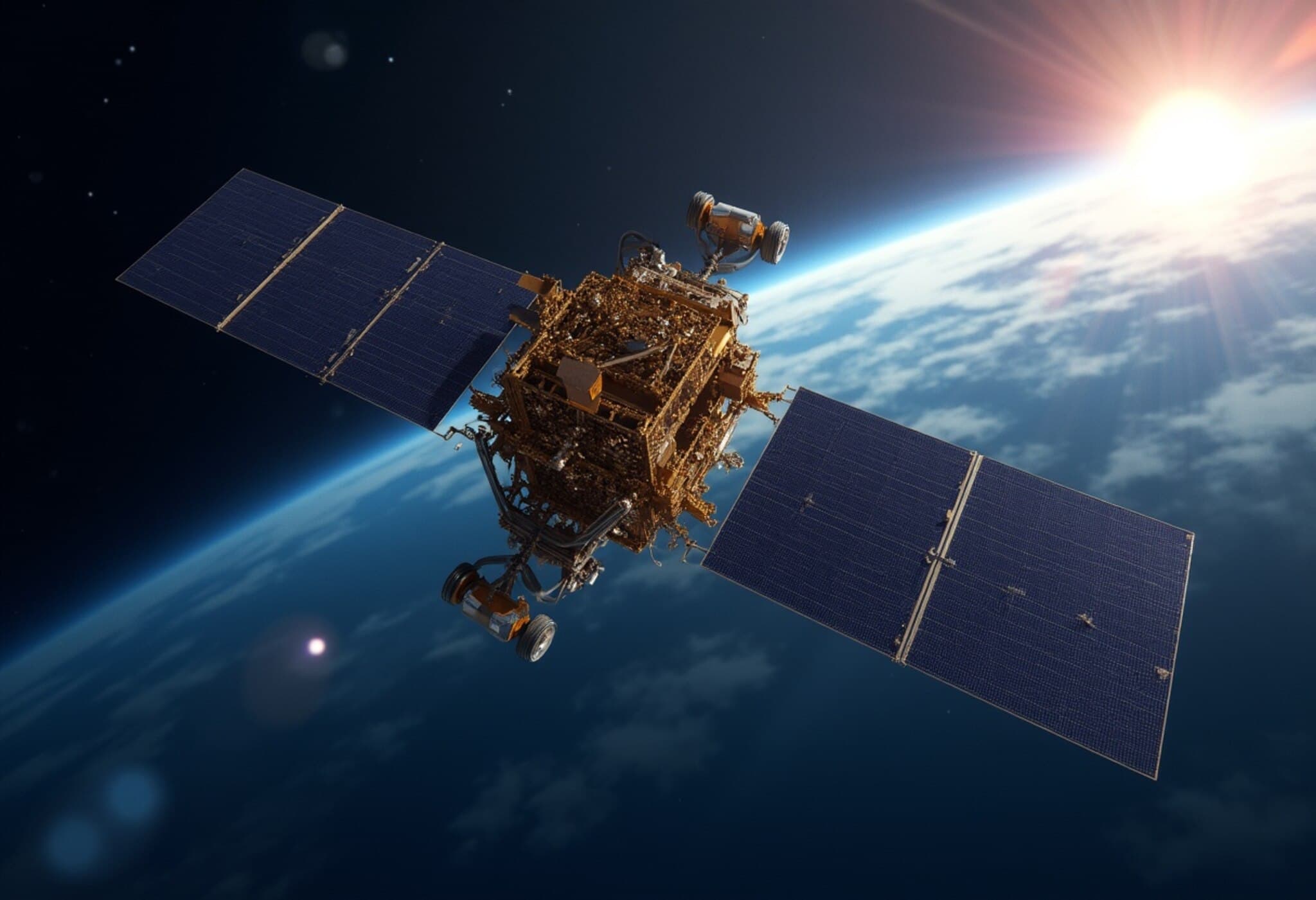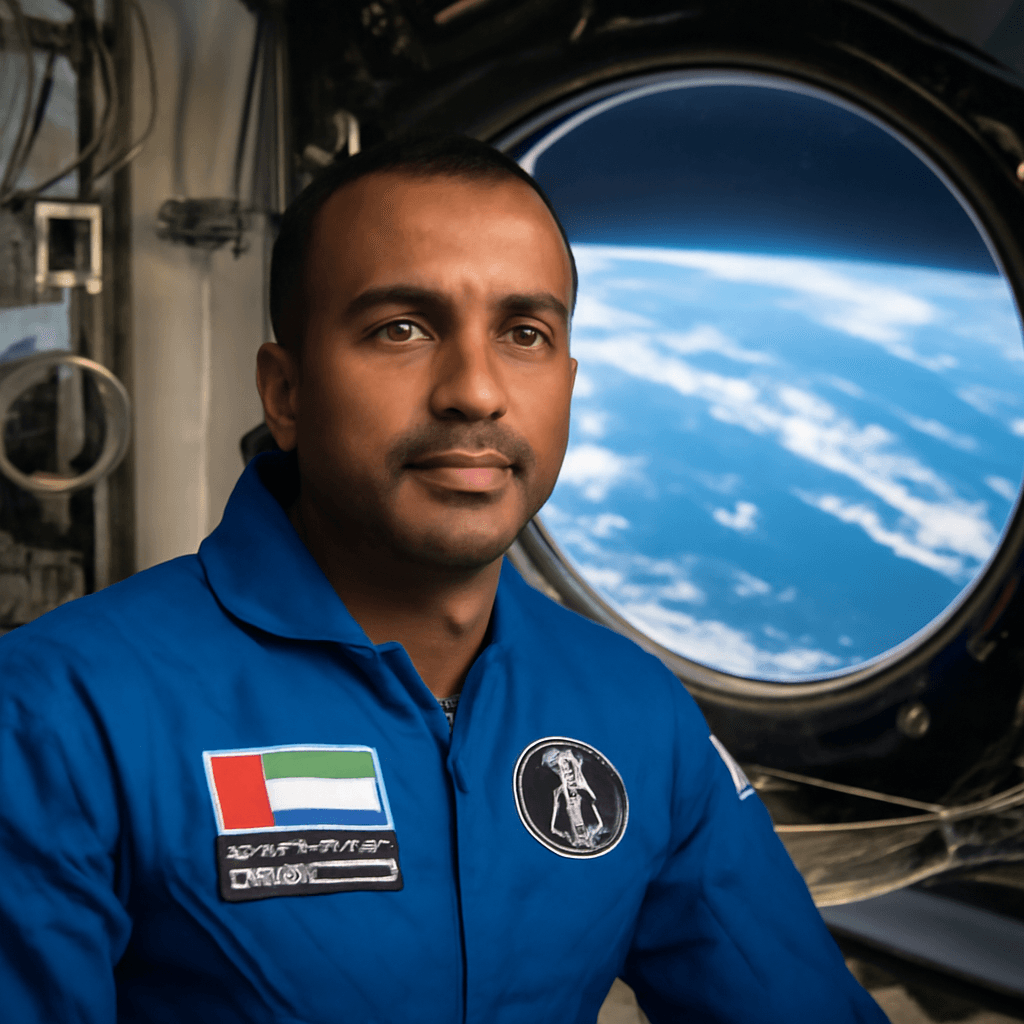Simulating Mars in the Heart of the Utah Desert
Tucked away among the striking canyons of Utah’s desert, roughly 7 miles from the closest town, lies an extraordinary research facility dedicated to preparing humans for the challenges of living on Mars. This site, known as the Mars Desert Research Station (MDRS), operates under the stewardship of a nonprofit organization committed to pioneering Mars mission analogs.
Why Utah? A Terramorph Close to the Red Planet
According to Urban Koi, who took on the role of health and safety officer for Crew 315, "MDRS offers the most realistic analog astronaut environment available." The rugged terrain mirrors Martian landscapes, enhancing authenticity in the station’s scientific, engineering, and procedural drills—critical for understanding what a Mars mission would truly entail.
Living Like Mars Explorers: A Two-Week Analog Mission
The latest crew, a group of five volunteers, spent two weeks immersed in MDRS following strict Mars-style protocols. David Laude, the mission commander, described their daily rhythm:
- 7 a.m.: Breakfast around a common table in the station’s upper deck.
- 8 a.m.: Morning briefing to chart out daily objectives.
- Scheduled extravehicular activities (EVAs) conducted both morning and afternoon, typically involving two to three members at a time.
EVAs—extravehicular activities—are essential simulations of spacewalks, requiring participants to don spacesuit-like gear when venturing outside to mimic real Martian exploration conditions.
The Real Challenges: Adapting to Martian Routines
Michael Andrews, the crew’s engineer, highlighted the main hurdle: "It’s about developing a steady rhythm. Here, the risk might be lower than on Mars, but maintaining daily procedures with precision is key to survival on the Red Planet." This focus on routine underscores the critical balance of science and discipline essential to space missions.
Mars Missions: Countdown to 2029?
With leading space agencies and visionaries like Elon Musk advocating for human Mars expeditions, ambitions are high. The private aerospace industry has suggested that crewed missions to Mars could be possible as soon as 2029, intensifying the urgency for such analogue stations to refine astronaut preparedness.

